On July 8, 2020 the CECRA website was updated to provide additional guidance including:
Sub-tenancy
Specific guidance is given on how the forgivable loan, the rent reduction agreement, the 25% financial impact, and the required documents are impacted in the situation where 1) the head tenant (sub-landlord) and sub-tenant are impacted tenants, and 2) where only the subtenant is impacted but not the sub-landlord.
Non-arm’s length tenants
A condition has been added that to be eligible, the lease agreement cannot have been created or amended after April 1, 2020.
Month-to-month leases
An additional requirement was added that the landlord and tenant are each committed to the lease and will remain committed beyond August 31, 2020. Further, the guidance previously stated that no steps to serve default notices or take steps to evict could occur prior the earlier of 3 months after the application was submitted and the date that the tenant is no longer receiving any rent reduction or forgiveness or rent credit. The 3-month of the test has been removed.
Expiring leases
If the tenant has committed to entering into a new lease to continue to operate its business at a new location, the tenant must provide the program administrator with a copy of the signed lease. The tenant may be eligible for the CECRA for small businesses on an exceptional basis.
$20 Million revenue test when there is an ultimate parent
The guidance now states that “if the impacted tenant is not an individual and is part of a corporate group, this calculation is made at the consolidated entity level at the highest corporate organizational level”. Previously the guidance stated:
“If the small business tenant or its ultimate owner produces consolidated statements, then the tenant would use revenues reported for the group level of companies.
Alternatively, if the small business tenant does not produce consolidated statements, then it is the specific revenue of the tenant that applies for the $20 million test.”
New property owners
Previously it was noted that such owners would be eligible as long as they entered into a lease with the eligible tenant on or before April 1, 2020. This condition has been removed.
Commercial real property definition
It was previously defined as a commercial property with small business tenants”. It is now defined as a commercial property used for retail, industrial, office, or mixed uses that includes at least one of these.
Rent reduction agreement
The agreement must now include an acknowledgment that the forgiven rent will never be recoverable. The landlord must agree that the rent that is forgiven/reduced will never be recoverable or collected through significant or disproportionate rent increases.
June revenue forecast
The June forecast must be supportable by the variables at play for the business. The result is to be guided by the average revenue reduction for April and May and the forecasted change given the respective province or territory’s guiding principles for reopening the economy (i.e. where the impacted business falls in the staged approach).
Updated guidance


